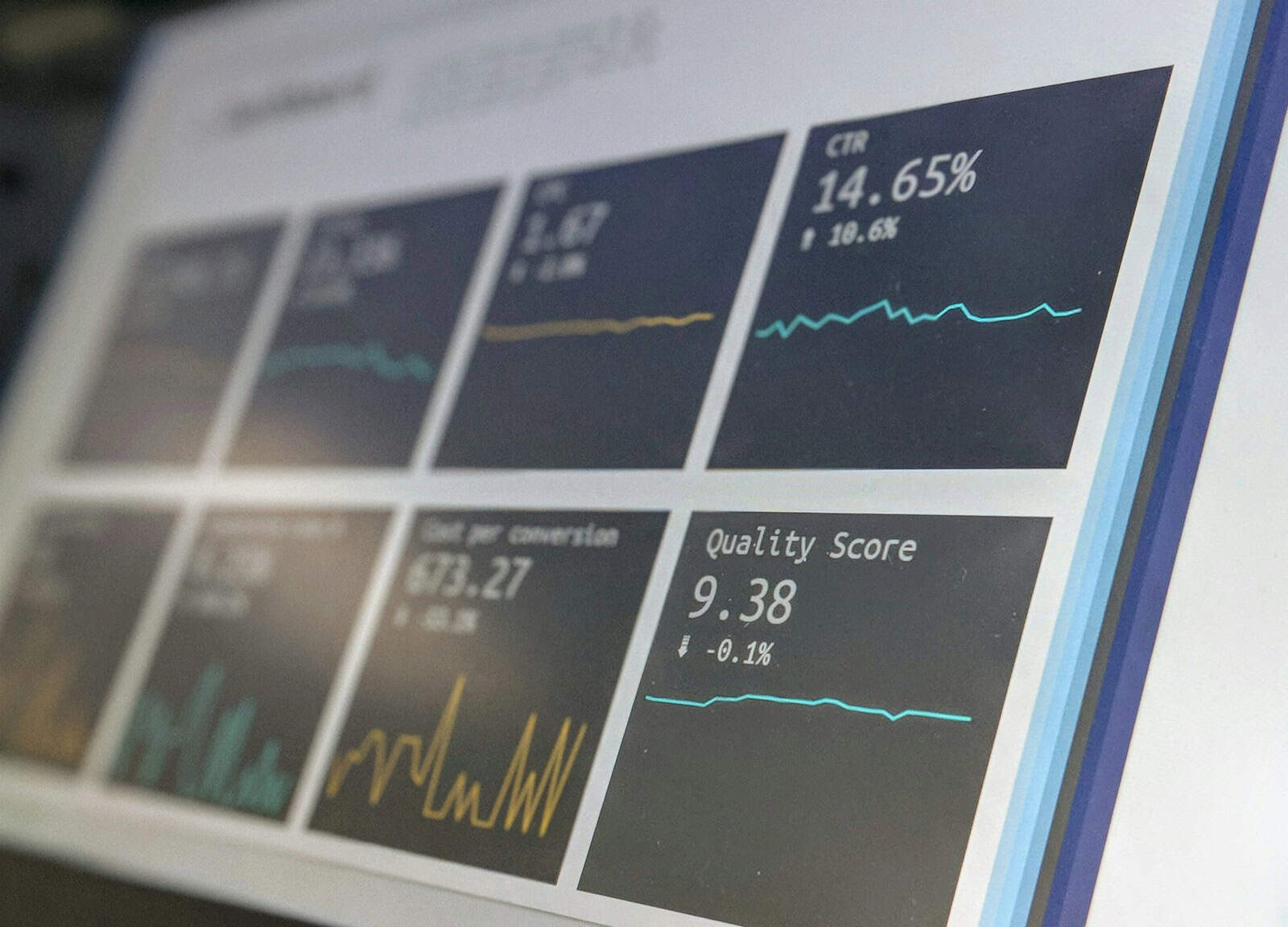Crisis response planning is essential for businesses to make it through unforeseen challenges. I’ve witnessed unprepared companies fail when a crisis hits. Having a strategy in place can help you avoid that fate and keep your business running through a crisis. So, how can you build a strong crisis response strategy to ensure the safety of your business and keep it operating in tough times?
Understanding Crisis Response Planning

Crisis response planning is a top strategy for an organization to proactively prepare for and react to unexpected events. It involves establishing a structured framework to address potential threats that may disrupt operations and/or damage reputation. Effective planning can literally save a company, and I’ve witnessed planning be the one key difference between a company surviving and shutting down.
There are various types of crises an organization may encounter:
- Natural disasters
- Cybersecurity attacks
- Financial crises
- PR scandals
- Health and safety issues
A well-prepared crisis response plan offers several benefits. It mitigates damage, reduces recovery time, protects stakeholders, and most importantly, allows the business to continue operating in the event of a crisis.
Key players involved in crisis response planning are:
- Executive leadership
- Department heads
- The communications team
- Legal
- HR
- IT
These stakeholders each bring unique insights, making the team one of the most critical assets in a company.
An alarming statistic underscores the significance of being prepared. According to the PwC Global Crisis Survey 2021, 95% of business leaders said their company’s crisis management capabilities fell short. This statistic clearly signals that organizations need to prioritize crisis response planning.
Conducting a Comprehensive Risk Assessment
Risk assessment is the cornerstone of any effective crisis response plan. It’s a systematic approach to identifying potential crisis events and evaluating how they could impact the business. I’ve walked many businesses through this process, and it’s always a wake-up call.
To conduct a comprehensive risk assessment:
- Identify potential crisis events.
- Determine the likelihood of each crisis occurring.
- Assess the potential impact each event could have on the business (operations, finances, reputation).
- Prioritize the list of events based on impact and likelihood.
There are several frameworks and tools you can use to conduct a risk assessment:
- SWOT analysis.
- Fault tree analysis.
- Scenario planning.
- Delphi method.
These frameworks help businesses think strategically about potential threats. They provide a structured way to evaluate the likelihood and potential impact of each crisis.
The key is to document the risk assessment and revisit it frequently. Threats change over time. New threats arise, while existing threats become less likely. I recommend revisiting the risk assessment at least annually (and any time there’s a significant change in the business environment).
Remember, the risk assessment isn’t a one-time event. It’s an ongoing process that requires continuous vigilance and adjustments. Implementing root cause analysis methods can help identify underlying issues and prevent future crises.
Establishing a Crisis Response Team
A dedicated crisis response team is the foundation of any successful crisis management plan. This team should be ready to spring into action when a crisis occurs and execute the response plan. They should be capable of making important decisions under pressure.
Key members of the crisis response team may include:
- Team leader
- Communications coordinator
- Operations manager
- Legal counsel
- Human resources representative
Select these team members based on their skills and their ability to perform under stress. Consider who remains calm when everything else is falling apart and can make quick, informed decisions.
You must also train these individuals. They should really understand the response plan, so performing regular drills and simulations is essential. This allows each person to practice their role and identify areas for improvement.
Establish a clear chain of command within the team and ensure everyone knows who they report to. Then, select backups for each role, as you’ll never know when a crisis will happen.
Interestingly, only 35% of companies have a crisis management team. This is a significant gap in many businesses’ preparedness.
If you haven’t already established one, you should do so now.
Developing Crisis Communication Protocols

Communication is key to managing a crisis effectively. It helps you retain stakeholder trust and minimize reputational damage. I’ve seen companies survive significant crises solely because they were exceptional at communicating.
Create internal communication protocols to keep employees informed during a crisis, such as:
- Regular email or intranet updates
- Emergency hotlines
- SMS alerts
Develop external communication strategies to various stakeholders (e.g., customers, investors, the general public). Choose official spokespeople who can deliver consistent messages across all communication channels.
Have message templates approved in advance for different crisis scenarios. This will save time and ensure consistent messaging during a crisis.
Define clear media relations protocols, such as who can talk to the media and what they can say.
Social media is a critical tool for crisis communication because you can:
- Provide real-time updates
- Engage directly with stakeholders
- Monitor public sentiment
- Immediately correct any misinformation
Remember, the ultimate goal of crisis communication is to provide accurate, timely information that directly addresses stakeholder concerns.
Creating a Crisis Response Plan
A crisis response plan is your playbook for how your organization will navigate through tough times. It details the steps your company will take when a crisis hits.
Key elements of a crisis response plan are:
- A summary of the risk assessment
- Who is on the crisis response team and how you can contact them
- Communication protocols
- Action plans for each specific crisis
- How to allocate resources
- Strategies for recovery after the crisis.
Here’s a step-by-step process to create your plan:
- Complete a risk assessment.
- Establish a crisis response team.
- Set communication protocols.
- Define the action plans for each identified risk.
- Define the resource allocation plan.
- Plan the post-crisis recovery.
- Polish and touch up the plan.
Ensure the plan supports broader organizational goals and values, so your crisis response reflects the mission of the company.
Make sure the plan is general enough for any crisis. Each crisis is unique, and you may need to adjust the plan accordingly.
Integrate the crisis response plan with any existing business continuity strategies you have in place. This will help you take a more holistic view of managing disruptions.
Implementing Crisis Response Procedures
In a crisis, taking immediate action is essential. Your crisis response plan document should include step-by-step details on what to do in the first minutes, hours, and days of a crisis.
Define who makes what decisions in a crisis. Identify who should make important decisions and how those decisions will roll up.
Resource allocation is one of the bigger challenges in a crisis. Your plan should already answer how you’ll allocate resources in a crisis, including people, money, and equipment.
Define escalation steps. Not every crisis requires a full team response. The plan should outline different tiers of response and the criteria for escalating to each.
Engage with outside agencies and partners, if necessary. This might involve law enforcement, emergency services, or industry regulators. Set this up in advance, so you already have a system in place to work with these people in a crisis.
Remember that taking immediate, deliberate action can often contain a crisis. One effective approach is to use the 8 disciplines method to systematically address and resolve the crisis situation.
Testing and Refining the Crisis Response Plan

There’s no use in having a crisis response plan if it doesn’t actually work. Regular testing is essential to identify any gaps and improve your response capabilities.
Test your plan with crisis simulation exercises. This might include:
- Tabletop exercises
- Full-scale simulations
- Surprise drills
Each of these serves a different purpose:
- Tabletop exercises: Test decision-making processes
- Full-scale simulations: Test the physical response procedures
- Surprise drills: Test the readiness and response time
By testing your plan, you can ensure it works as intended. Identify any areas you can improve, and then make those improvements by revising the plan.
You should also review the plan on an ongoing basis. I recommend at least an annual review, but you should also make updates anytime there are significant organizational changes or after you’ve managed an actual crisis.
Always keep in mind the goal is to get better. By testing and revising, you make the organization better prepared for the next crisis it faces. Implementing defect prevention strategies can also help minimize potential crisis situations in the future.
Crisis Response Plan Documentation and Accessibility
A crisis response plan is only helpful if you can access it when a crisis occurs. Create a detailed crisis response manual with all relevant information and steps.
Make the plan easily accessible to all team members. Consider both physical and digital copies of the plan. Digital documents should be available offline in case the internet goes down.
Create quick reference guides and checklists for different crises teams face. These are helpful when people need quick answers during a crisis’ high stress moments.
Use digital tools to make the plan more accessible. This might be a mobile app or a cloud document system. These tools enable employees to access the information regardless of location.
Enforce version control and security on the document. You want to ensure everyone is using the most recent version of the plan. Additionally, enforce security to ensure the plan doesn’t leak to competitors.
Crisis experience is invaluable in crisis management. Data from earlier this year found that 69% of organizations that did well during COVID-19 had previous crisis experience. That’s why ongoing planning, testing, and refining of a crisis response playbook is so critical.
Closing Remarks
Crisis response planning is essential to organizational resilience. I’ve witnessed how having a plan in place can save a business from shutting down. So, evaluate risks, run regular drills, and make the plan accessible. Your crisis response team should have defined roles and communication procedures. Be proactive and flexible. If you do those things, you’ll be prepared to tackle any challenges that arise. Don’t be caught off guard – start planning today.





